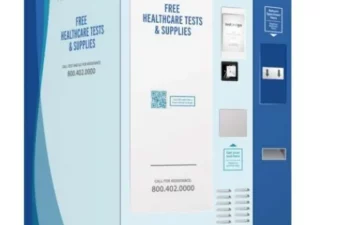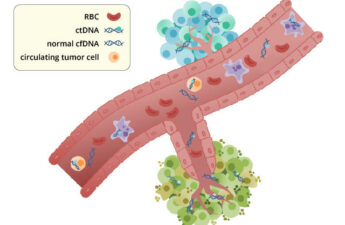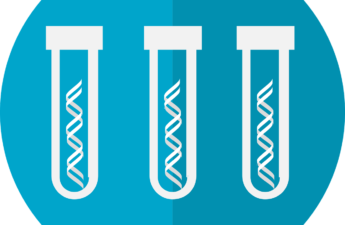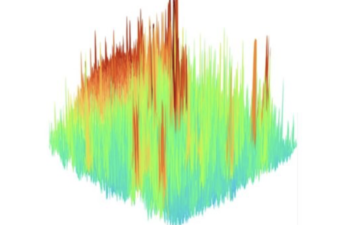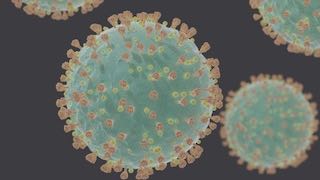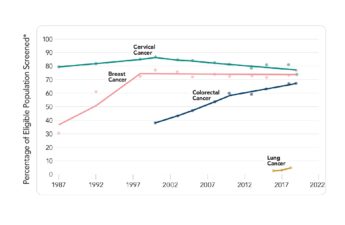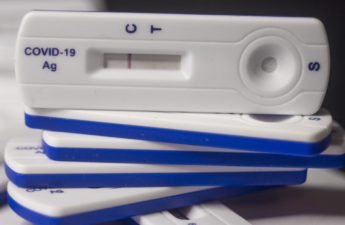Category: Laboratory Medicine
Need a rapid health test? Try our kiosks.
Washington State Department of Health (DOH)-sponsored kiosks with free COVID-19 tests, flu tests, and more are popping up all over Washington. Let’s dig into the what, where, and why.
By looking for fragments of DNA that have escaped from tumors into the bloodstream, or circulating tumor DNA (ctDNA), doctors may be able to identify which of their patients with colorectal cancer need chemotherapy after surgery.
We tested the wastewater from planes to detect COVID among travellers – here’s what we found
It’s important for all countries to monitor what potential new diseases, and new variants of established diseases, are entering their borders.
With Stool Testing, Fewer Americans May Delay Colon Screening
For the U.S. health system broadly, and for uninsured patients in particular, stool tests are significantly less costly than colonoscopies. Stool tests are also less time-consuming and invasive.
Study challenges “good” cholesterol’s role in universally predicting heart disease risk
Lower levels of HDL cholesterol were associated with increased risks for heart attacks in white but not Black adults, and higher levels were not protective for either group. the study was the first to find that lower HDL cholesterol levels only predicted increased cardiovascular disease risk for white adults.
A blood test that screens for multiple cancers at once promises to boost early detection
Testing to look for circulating tumor DNA in the blood is not new. These liquid biopsies – a fancy way of saying blood tests – are already widely used for patients with advanced-stage cancer. Doctors use these blood tests to look for mutations in the tumor DNA that help guide treatment.
Using nanotechnology and AI to diagnose TB in children
Combining nanotechnology with artificial intelligence can diagnose tuberculosis in children in whom the deadly disease might otherwise go undetected.
Video: Why the public health system is struggling to contain monkeypox
Funding cuts and outdated technology are hampering the U.S. response on the ground as monkeypox cases continue to rise.
Can sniffer dogs really detect COVID almost as well as a PCR test? Turns out they can
The dogs detected COVID with a sensitivity of 92% (which refers to their ability to correctly identify those with infection) and a specificity of 91% (their ability to correctly identify those without infection).
BA.2 subvariant causing nearly 1 in 4 new COVID cases tested in UW virology lab
A subvariant of omicron responsible for a wave of new COVID-19 cases in parts of Europe and Asia is also gradually spreading in the United States, including in Washington state.
Screening key to reducing U.S. cancer deaths, panel finds
The United States could substantially reduce cancer deaths by closing gaps in its cancer screening programs, a presidential advisory group has concluded in a new report.
Washington state re-opens COVID-19 test portal for the third time.
Rapid antigen tests can be ordered and shipped directly to Washington households at no-cost.
Washington launches at-home test portal
Beginning today, Washington state residents will be able to visit www.sayyescovidhometest.org to order rapid-antigen COVID tests online, and will receive those tests delivered at no cost.
What Patients Can Learn With Confidence From One Negative Rapid Test (Hint: Very Little)
There are just so many variables. Testing may come either too soon, before enough virus is present to detect, or too late, after a person has already spread the virus to others. And most rapid tests, even according to their instructions, are meant to be used in pairs — generally a day or two apart — for increased accuracy. Despite that, a few brands are sold one to a box and, with the tests sometimes expensive and in short supply, families are often relying on a single screening.
What to do if you test positive for COVID-19
Anyone with any signs or symptoms of COVID-19 or known exposures should get tested, regardless of vaccination status or prior infection.
